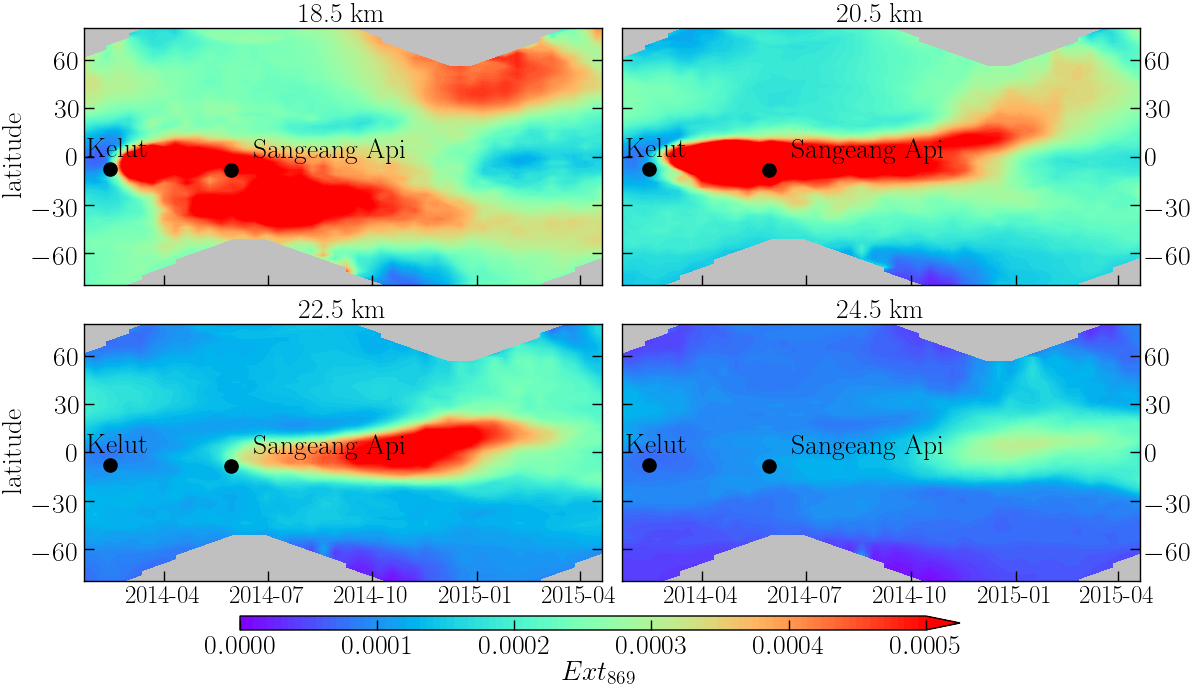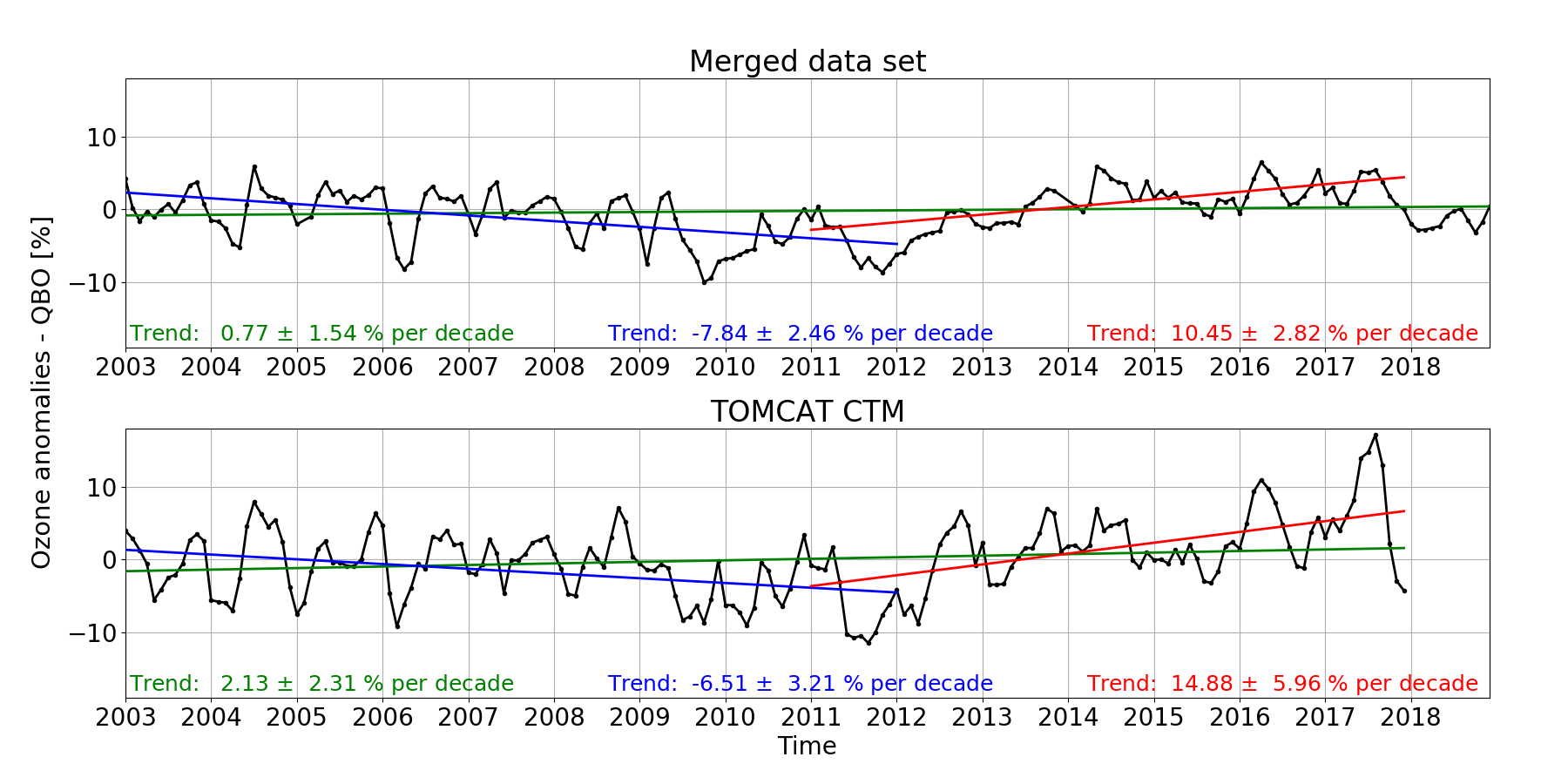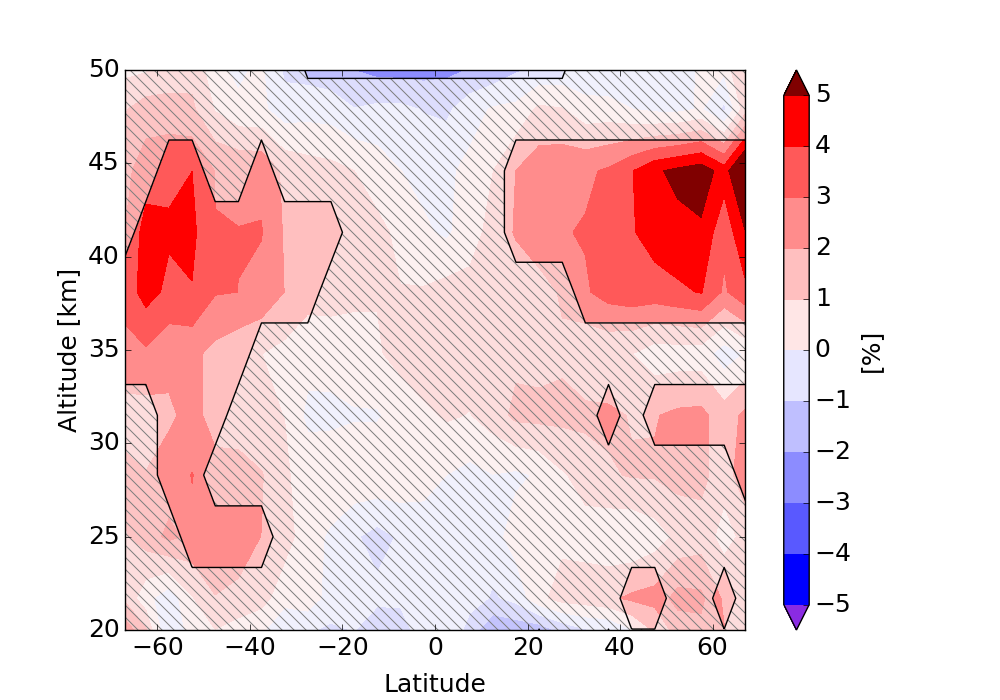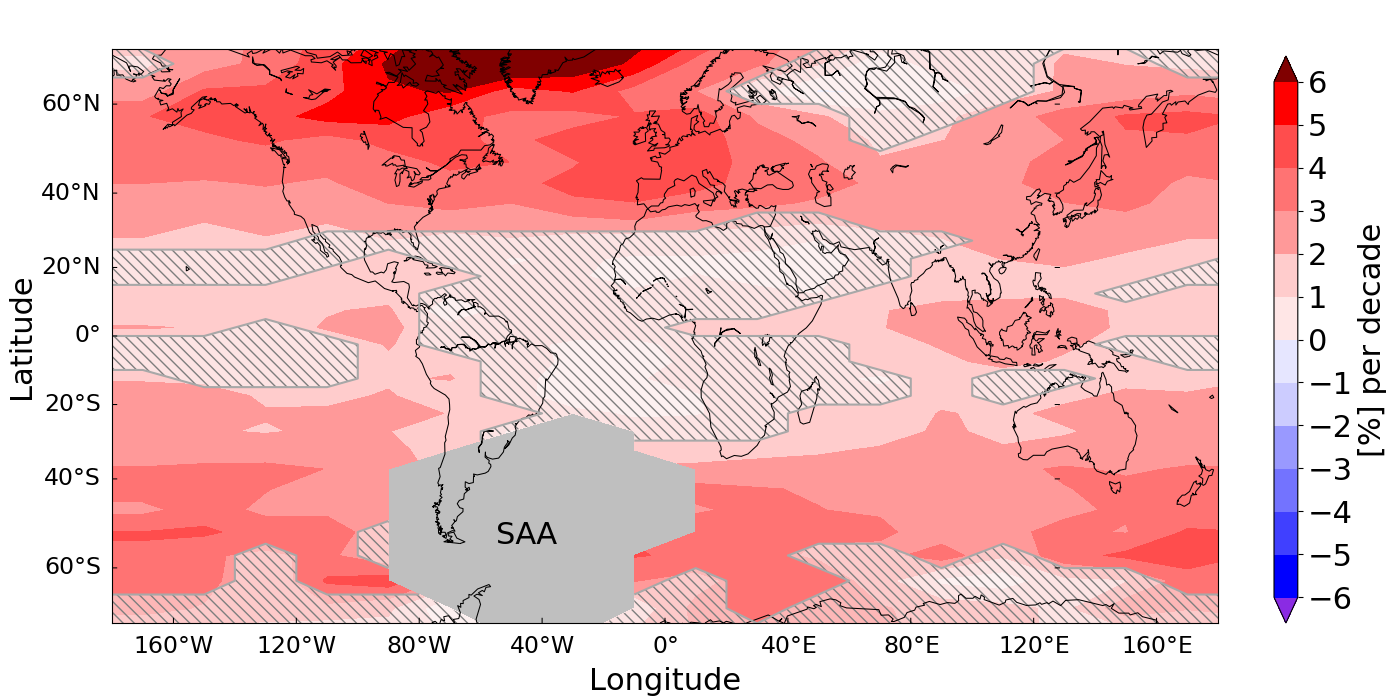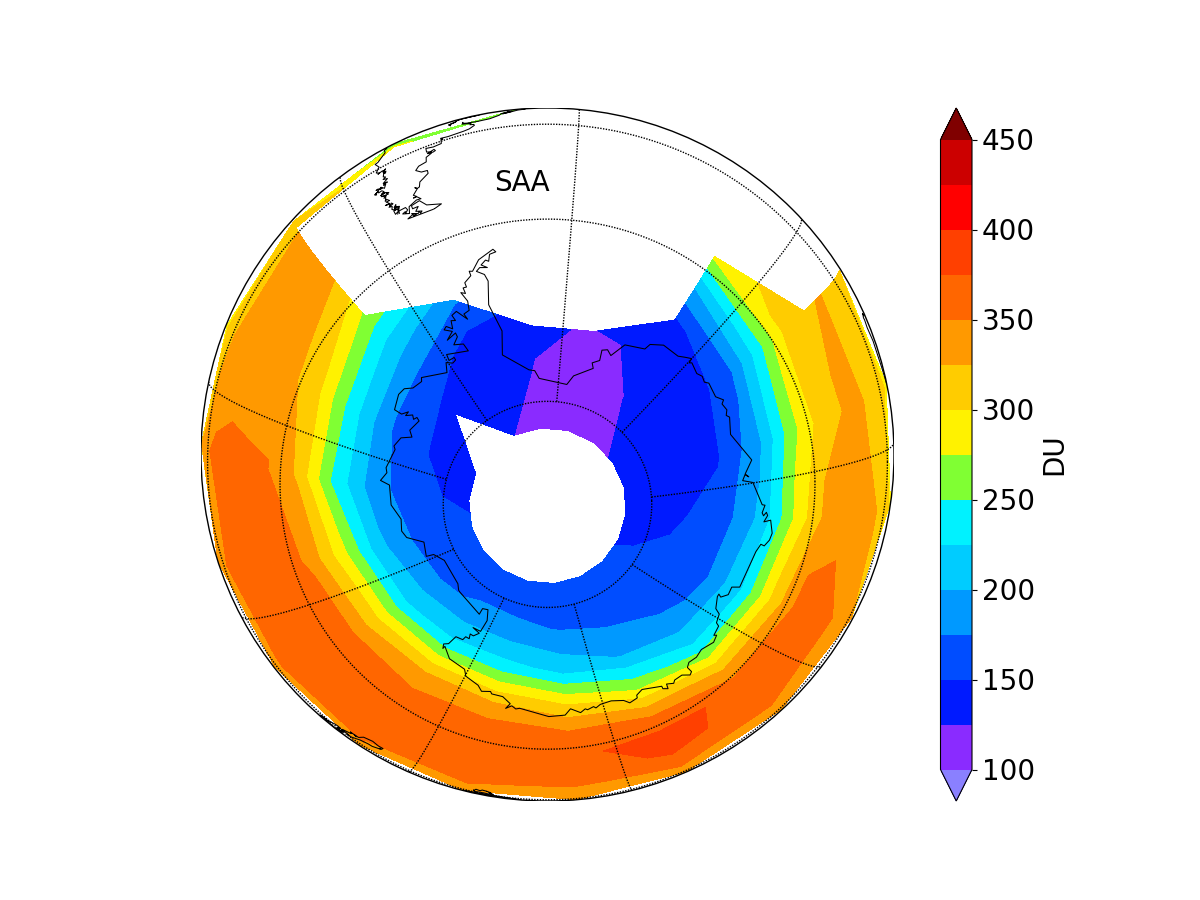Welcome at the LRRT group from IUP-Bremen
The Limb Radiation Retrival Transfer group (LRRT) is based on the Institute of Umweltphysik (IUP), at the University of Bremen, Germany.
The group is led by Dr. Alexei Rozanov
Scientific topics
- Radiative transfer modelling in UV-Vis-NIR-TIR spectral range, development of the radiative transfer model SCIATRAN
- Development of the retrieval algorithms for the interpretation of the remote sensing measurements in the UV-Vis-NIR spectral range
- Retrieval of vertical distributions of atmospheric trace gases (O3, NO2, H2O, BrO) from SCIAMACHY limb measurement
- Retrieval of vertical aerosol extintion profiles and particle size distributions from OMPS-LP and SCIAMACHY data.
Research highlights
Staff
| Member | Topics |
|---|---|
Dr. Alexei Rozanov- Group leader - ✉ |
|
Carlo Arosio- Post doc - ✉ |
|
Dr. Christine Pohl- Post doc - ✉ |
|
Tools and data
Instruments
SCanning Imaging Absorption spectroMeter for Atmospheric CHartographY (SCIAMACHY)
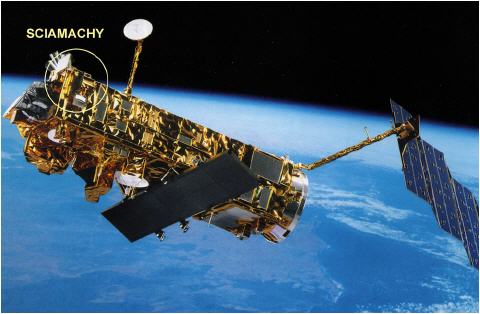
Top: Schiamachy on ENVISAT satellite. Right: Schiamachy scanning geometry. |
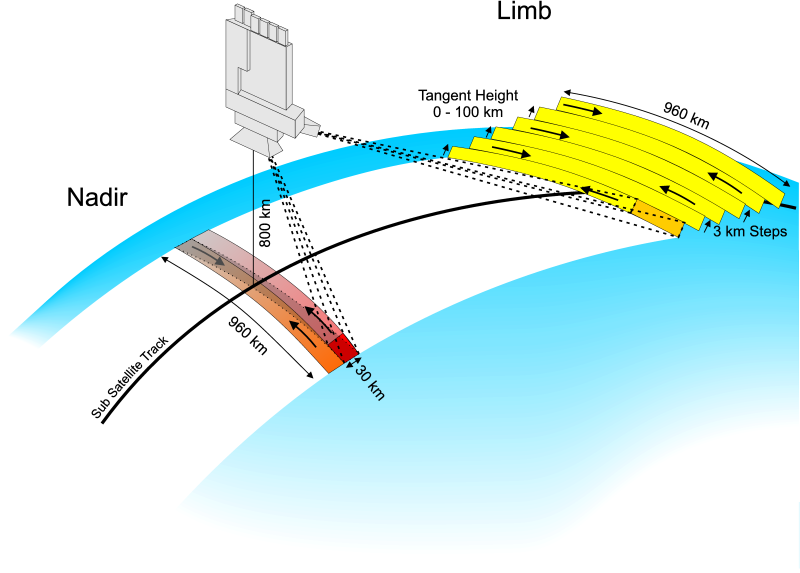
|
Ozone Mapper and Profiler Suite Limb Profiler (OMPS-LP)
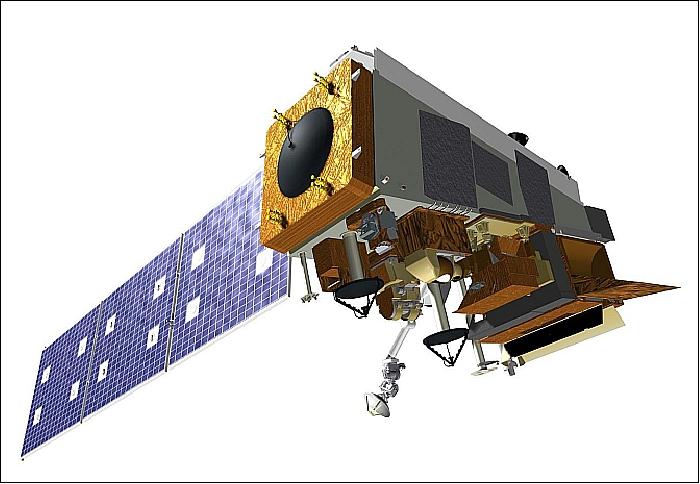
Top: JPSS satellite where OMPS is placed. Right: OMPS scanning geometry. |
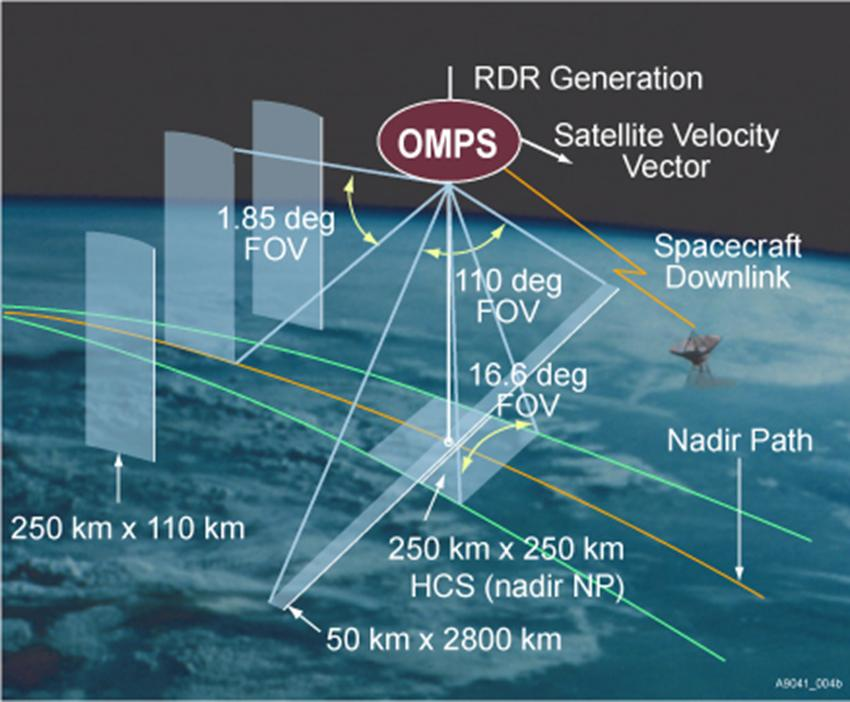
|
Models
- SCIATRAN radiative transfer model (Rozanov et al., 2014).
- TOMCAT/SLIMCAT (Toulouse Off-line Model of Chemistry And Transport/Single Layer Isentropic Model of Chemistry And Transport).
Colaborations
- Prof. von Savigny, Ernst-Moritz-Arndt-University of Greifswald, Greifswald, Germany.
- Prof. M. Chipperfield, School of Earth and Environment, University of Leeds.

